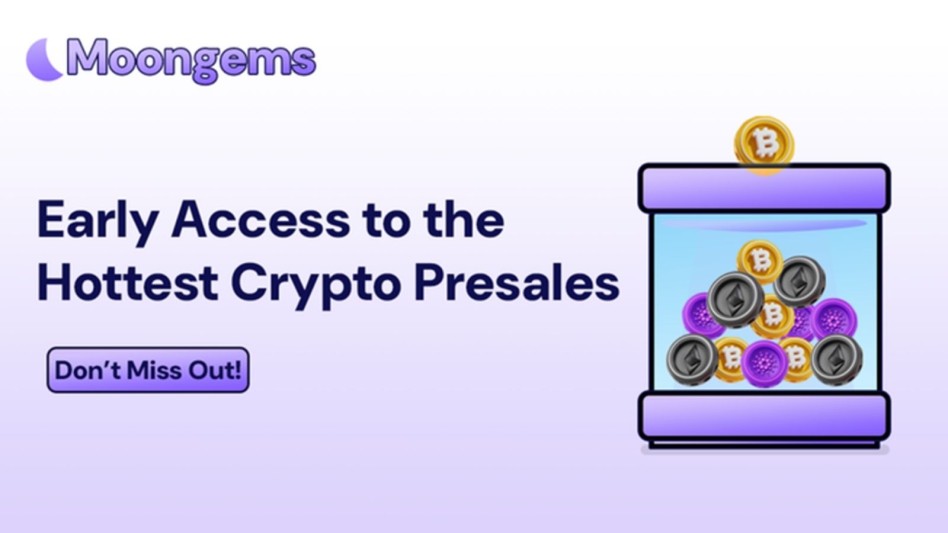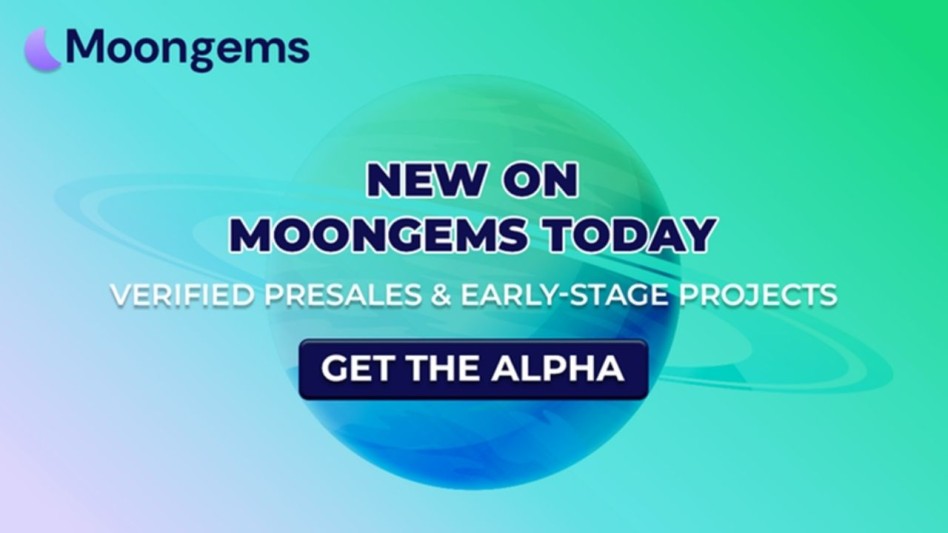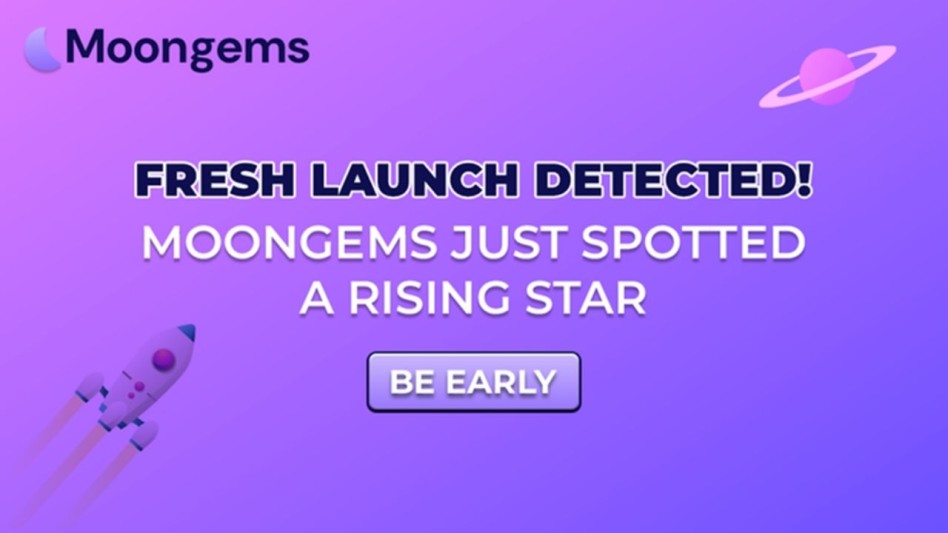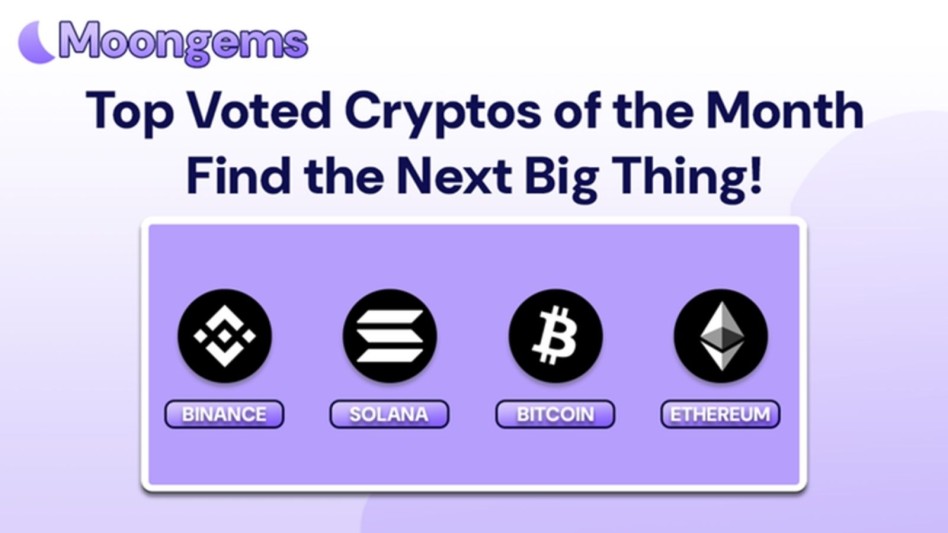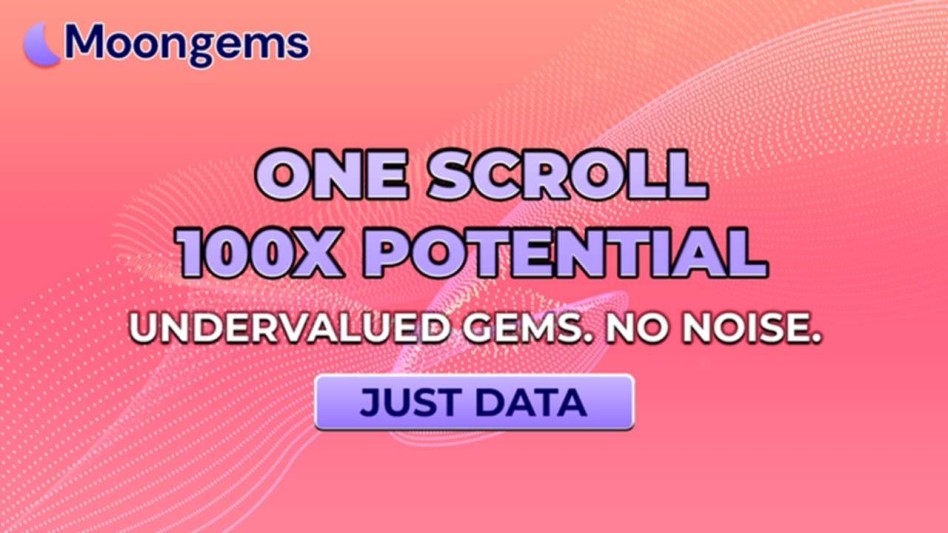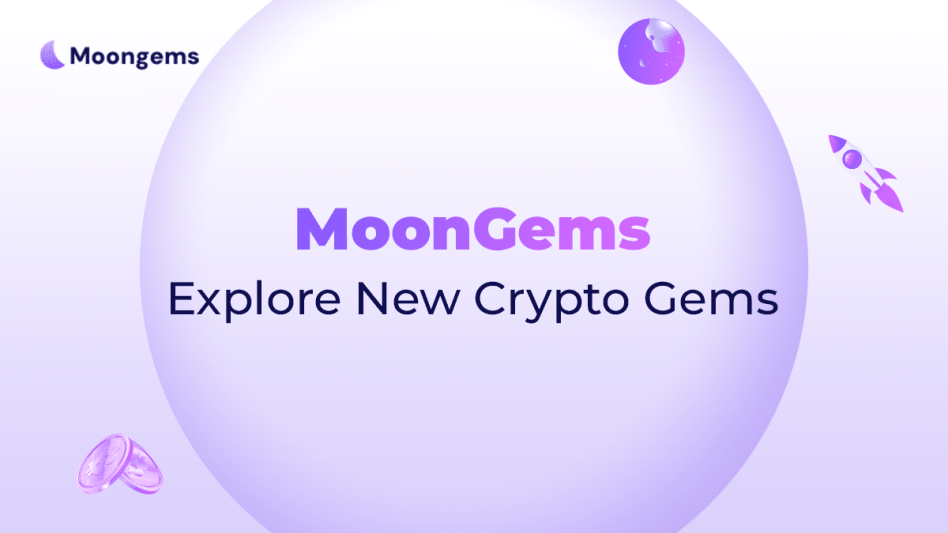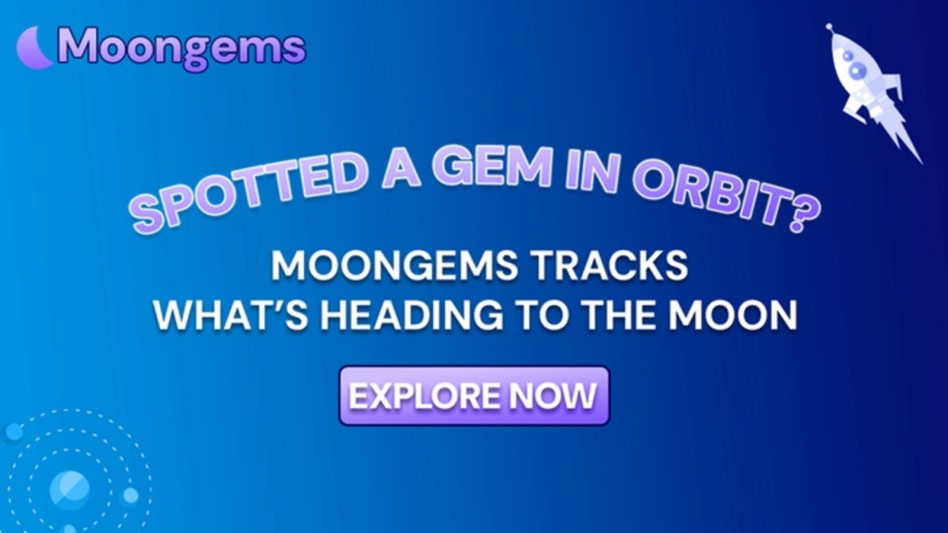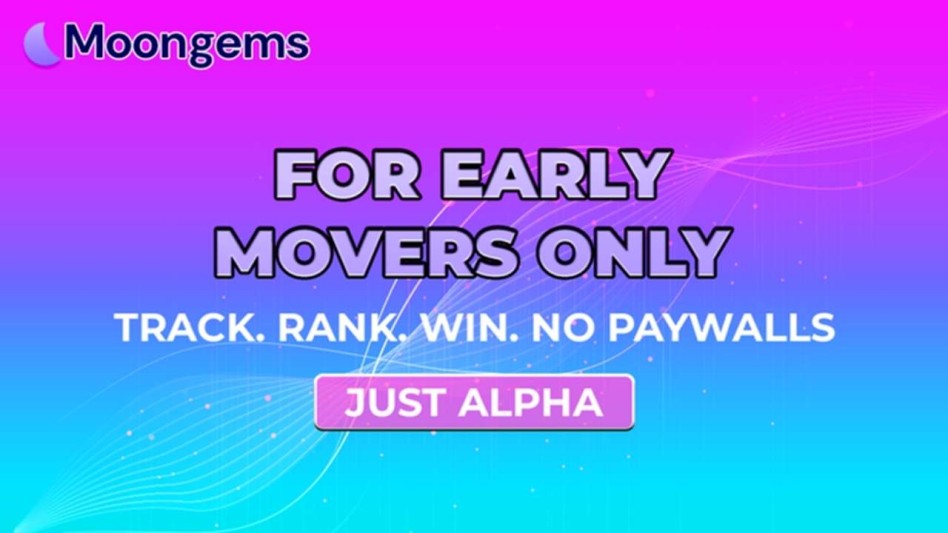Author: Jawad Hussain – Crypto Analyst & Web3 Researcher | 9+ years tracking presales, IDOs, and token launches. Follow him on Twitter and LinkedIn.
In crypto, everyone loves to chant the same mantra: “Get in early.” Early entries mean low token prices, higher upside, and the potential to brag about 100x gains before breakfast. But in the 2025 presale landscape, another truth is becoming harder to ignore — getting in too early can be just as dangerous as being too late.
While early access can unlock major opportunities, it also exposes you to a project’s most unproven and unstable phase. In this article, we’ll explore the hidden risks of over-early entries, explain how to find the “smart early,” and share strategies to avoid becoming exit liquidity for a project that was never ready.
Why Timing Matters in Presales
Most investors focus on price entry, but phase entry is just as important. A presale might offer you tokens at a considerable discount, but if the team isn’t fully built, the code hasn’t shipped, and the market narrative hasn’t matured, you’re not investing — you’re funding an experiment. And sometimes, you’re the only one doing it.
Being early isn’t a strategy. Being early with context is.
Let’s walk through five signs that you might be entering a project too early — and how to adjust your strategy without missing the upside.
1. No Market Narrative Exists Yet
The strongest presale projects align with macro narratives already capturing attention — AI, real-world asset tokenization, zero-knowledge privacy, or cross-chain liquidity. When you're too early, those narratives haven’t even begun forming.
This is risky for two reasons. First, if the broader market doesn’t yet understand or care about the use case, the project will struggle to gain traction, no matter how strong the tech. Second, the time it takes for the narrative to “arrive” could stretch into months or years, tying up your capital in a stagnant token.
Before joining a presale, assess whether the market is even primed for the idea. Use trend-monitoring tools, check influencer discussions, and follow VC activity in that niche. If no one’s talking about it, and the project can’t explain how it fits into a bigger story, you may be signing up for years of holding a token no one else wants yet.
2. Team and Infrastructure Are Still Under Construction
Early-stage is one thing. Pre-operational is another. Many presales launch with ambitious goals, but only a skeleton crew to build them. While it's common for teams to grow post-funding, a project with no visible team, no advisors, and no back-end developers is not "early access" — it's speculative fiction.
In such cases, you're betting not just on execution risk but organizational risk. Will the founder hire the right team? Will they meet deadlines? Will the core team stay intact through launch? If there's no track record, working relationships, or evidence of prior collaboration, your “early investment” becomes a blind leap into chaos.
Look for early signs of structure: GitHub activity, frequent team updates, org charts, and responsiveness on social platforms. MoonGems can help you verify team credibility and development momentum. Remember — early-stage isn’t the problem. Lack of preparation is.
3. There’s No Product or Testnet, Only Hype
One of the clearest signals that you're too early is when a project is selling tokens — but hasn’t shipped a prototype, smart contract, or even a UI demo. A strong project may not be mainnet-ready, but it should show some proof of concept: a beta version, testnet launch, whitepaper with real architecture, or even public Figma files.
Presales that lean only on hype, memes, and influencer marketing without showing any technical progress are the crypto equivalent of pre-selling a car without blueprints. You might get lucky. But more often, you’ll be left holding a token for a product that either never arrives or takes far longer than expected to launch.
Investors can use MoonGems.io to review whether a project has verified smart contracts, testnet deployments, and GitHub code updates. If the answer is no, you may not be “early” — you may be the guinea pig.
4. Liquidity Plans Are Vague or Missing
One of the biggest risks in early presales is liquidity uncertainty. Many tokens are sold without clear answers about how, when, or where liquidity will be provided. That means even after you receive your tokens, there might be no exchange listing, trading volume, or way to exit.
Projects that are “too early” often delay liquidity provision until long after launch, citing development timelines or market conditions. Meanwhile, investors are stuck with an illiquid token that they can’t sell or stake. In some cases, teams avoid liquidity intentionally — to suppress price discovery, limit selling pressure, or worse, buy time to exit quietly.
Before entering any presale, look for clearly documented liquidity events. Will the project launch on a DEX or CEX? Is there a planned IDO, LBP, or fair launch model? Are LP tokens locked or owned solely by the team? These details matter, and good projects disclose them upfront. If not, platforms like MoonGems can help flag missing liquidity safeguards.
5. Community Is Too Small to Create Momentum
Presales aren’t just about tokens — they’re about network effects. You want to be early, but not alone. A project with 250 Telegram members, no Twitter engagement, and dead Discord channels might be technically promising, but socially irrelevant. And in crypto, attention is liquidity.
Being “too early” often means you’re ahead of the community curve. That sounds great in theory — but in practice, it means you’ll have no one to trade with, no memes to spread, and no culture to scale. The project may take months to find its tribe, and your capital sits idle in the meantime.
Gauge community maturity by joining their channels, tracking engagement, and reviewing organic content generation. If the only people posting are moderators or bounty hunters, you’re not joining a movement — you’re wandering in first and hoping someone follows.
How MoonGems Helps You Time Your Entry
MoonGems.io gives investors a way to measure project readiness before joining a presale. It combines tokenomics, development metrics, social activity, and launch-phase indicators into one dashboard — helping you avoid the “too early” trap.
You can use MoonGems to:
- Filter presales by readiness indicators (testnet, audit, KYC, roadmap milestones)
- Check liquidity lock details and planned listing schedules
- Compare social growth metrics to historical benchmarks
- Track influencer engagement and funding history
- Access transparency ratings based on whitepaper depth, founder doxxing, and team updates
Being early still matters — but MoonGems helps you be early with precision, not with blind faith.
Conclusion
In crypto investing, timing isn’t just about buying low—it’s about buying right. Getting in before the hype is valuable, but getting in before the project is ready can be fatal. The difference between a smart early entry and an overly early mistake often comes down to a few overlooked indicators: technical readiness, community traction, and liquidity planning.
Don’t confuse “early” with “unprepared.” The best presale entries happen when the story is clear, the roadmap is believable, and the team is visible. With MoonGems, you can catch real projects in their momentum-building phase, not their construction zone.
Frequently Asked Questions (FAQs)
- Is it always better to invest as early as possible in crypto presales?
No. Being too early can expose you to incomplete teams, missing infrastructure, and unvalidated ideas. Timing matters as much as pricing. - How can I tell if I’m too early to a project?
Look for signs like lack of product, vague liquidity plans, no narrative alignment, and minimal community engagement. These suggest high uncertainty. - What’s a better strategy than jumping into every presale?
Use tools like MoonGems.io to assess project readiness, compare entries, and track transparency. Focus on “smart early” entries backed by substance. - How long should I wait before joining a presale?
There’s no set rule, but avoid jumping in if the team hasn’t shipped a testnet, the whitepaper lacks clarity, or no community exists yet. - How can MoonGems.io help reduce risk in presale investing?
MoonGems aggregates presale data, ranks project maturity, and flags common red flags — helping you avoid premature or poorly timed entries.
Glossary of Key Terms
Presale – An early token distribution phase before public trading begins.
Phase Entry – The timing of an investment relative to a project’s development lifecycle.
Liquidity Lock – A mechanism to ensure project liquidity isn’t withdrawn by developers after launch.
Narrative Fit – Alignment of a project with broader market trends or storytelling arcs.
Network Effects – Value that increases as more people join or use a system.
Over-early Investing – Entering a project before it’s structurally or socially ready for growth.
MoonGems.io – A crypto research platform for analyzing presale projects and early-stage investments.
Smart Early Entry – Joining a presale once key risk factors have been mitigated, but before mass adoption.
VC Activity – Investment behavior of venture capital funds in specific market sectors.
Roadmap Maturity – The degree to which a project’s goals have been detailed, funded, and executed.
Disclaimer
This content is for informational purposes only and does not constitute financial advice. All investment involves risk. Always do your own research (DYOR) before participating in presales or early-stage token offerings.



